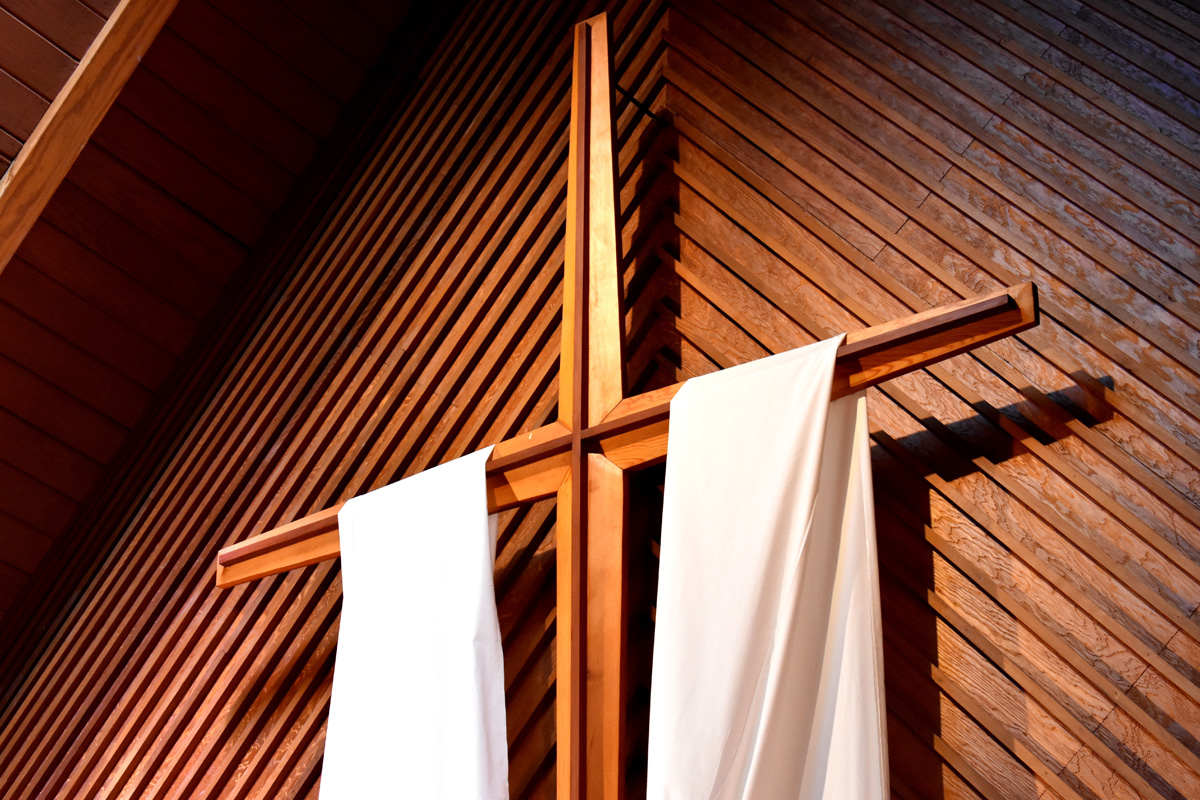How Exploring Other Religions and Interreligious Learning Can Deepen One’s Own Faith

I am the product of a particular Lutheran tradition of theological education, what Richard Lischer in his book Open Secrets called “the system.” It was not indoctrination by any means, but it was a particular tradition of higher education that assumed a scholastic heritage.
I grew up in a Lutheran church and went to Sunday School each week. As a teenager, I attended three years of confirmation learning the basics of the Lutheran catechism. However, I was one of the lucky ones that did not have to memorize it in German! I donned the white robe and was given my bible verse by my pastor (Psalm 122:1) and moved on to adulthood. While statistically most youth completed their spiritual education at this point and only return when their kids need religious education, I willingly trudged on to the next level of the “system.”
I attended a small liberal arts Lutheran school in the Midwest. It was there that my world expanded beyond understanding. I learned about the wonderful world of historical biblical criticism, religious studies, and “world religions.” I ate it up. My advisor, someone who had followed the same path that I eventually would in life, encouraged me to expand my horizons. He provided opportunities for me to learn – in the classroom and out.
From there I continued in the “system,” enrolling in a Lutheran seminary to pursue my Master of Divinity while continuing to explore my fascination with other cultures and religions. The curriculum of this denominational seminary was not unique. In fact, it represented the best of what most mainline Protestant denominational seminaries offered: the study of Hebrew and Greek, historical biblical criticism, systematic theology, and a strong grounding in my confessional tradition. By the time I reached my senior year I had had 8 years of theological education, plus my lay confirmation training from high school. That was “the system.”
Making Interreligious Learning a Priority
Yet it was not until I got into the January of my senior year that I pushed the administration for the opportunity to organize a course with classmates on “comparative confessions.” This was a course in ecumenism – the study of the confessional documents of other Protestant and the Roman Catholic traditions. Then I proposed an independent study on Islam because it simply wasn’t offered. Prior to that, Islam had been included only peripherally through a couple of class sessions in our Christian Missions course.
It was in my reading of Islamic authors and Muslim interlocutors that I encountered new questions about God and faith that I had not thought about. Questions about the personhood of Jesus or the Trinity were posed to me in new ways that I had not had the opportunity to consider in my Lutheran worldview. In fact, my education rested upon a system of belief that was in many ways self-referential. When someone from outside of my system posed new questions, I was able to think afresh about why I believed the way I did. That is, I never really had to think about what was so vital about the Trinity until I was asked by someone who saw it as a constellation of different gods.
My experience of traditional theological education is not unique. It is often argued that to train religious leaders, you need to provide logical curricular blocks to develop a systematic theology before you introduce other ideas into student’s heads. It is not unusual for many seminaries that the theologies of other religious traditions are kept until the end of the educational processes, usually as electives for the not so faint of heart, or those deemed smart enough to handle it. I suspect there is an underlying fear that by being exposed to the questions of other religions, students might be led astray, to question, doubt, be corrupted, or worse.
Adapting Theological Education to a Religiously Plural World
I am certainly not begrudging “the system” I was reared in. I am extremely grateful for it. It has provided me with great gifts and opened doors for me. Yet, I wonder why we neglect to require students to engage with other religious traditions from the get-go. After all, we live in a religiously plural world. This is the reality to which students will go. Why leave courses about other religious traditions till the end of one’s education? Better yet, why leave out students from other religious traditions as well? Why not put them in the same classroom to deal with reading scripture together. What better way to learn how your own tradition is distinctive than with reading the Gospels with Jews? What better way to learn about the Lutheran views of a “theology of cross” than in a class with Muslims? One learns very quickly how your views sound to others! This is the basis for the MA in Interreligious Studies that we offer at Hartford International University for Religion and Peace, where I have been teaching.
We demonstrate at Hartford International University that interreligious learning does not have to be polemical. It does not have to be a place where we prepare defenses in the face of other non-believers. No, I have found that with a bit of genuine pastoral empathy, and – as Krister Stendahl has coined – a little “holy envy” of the other, the kinds of classrooms we have at HIU actually help us to all become more faithful members of our own traditions. When we learn together, we become more sensitive to the religious pluralism that is our reality, we become more comfortable with difference, and we are better able to respond to questions we never thought of before. And, God willing, it makes us better believers.
Rev. Dr. David D. Grafton is Professor of Islamic Studies and Christian-Muslim Relations at Hartford International University for Religion and Peace.
Tags: how exploring other religions deepen faith, how interreligious learning deepens faith
